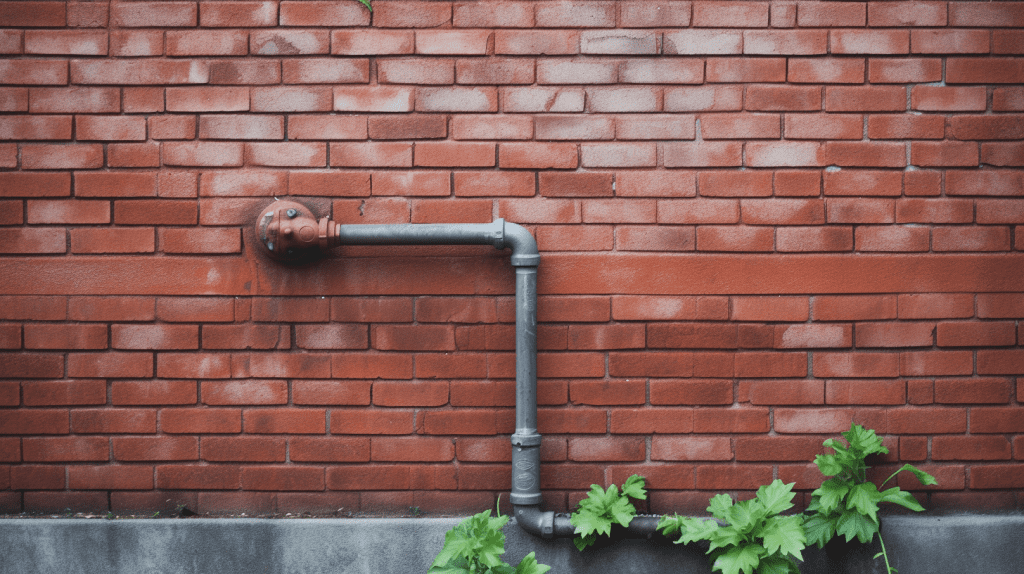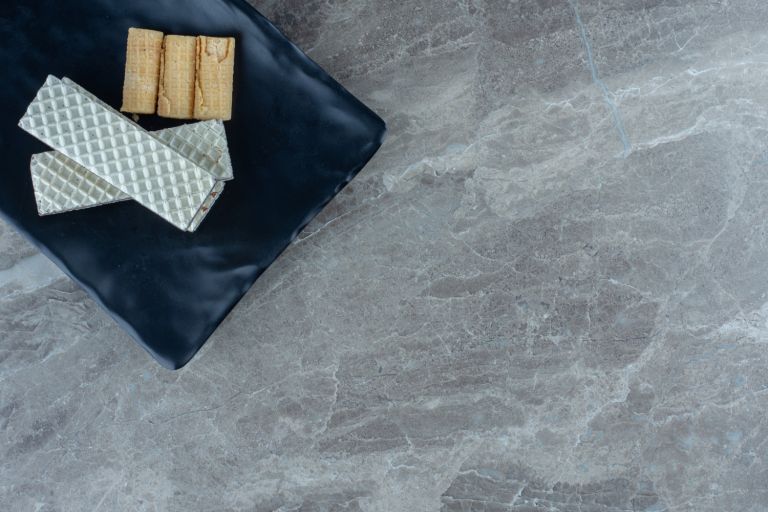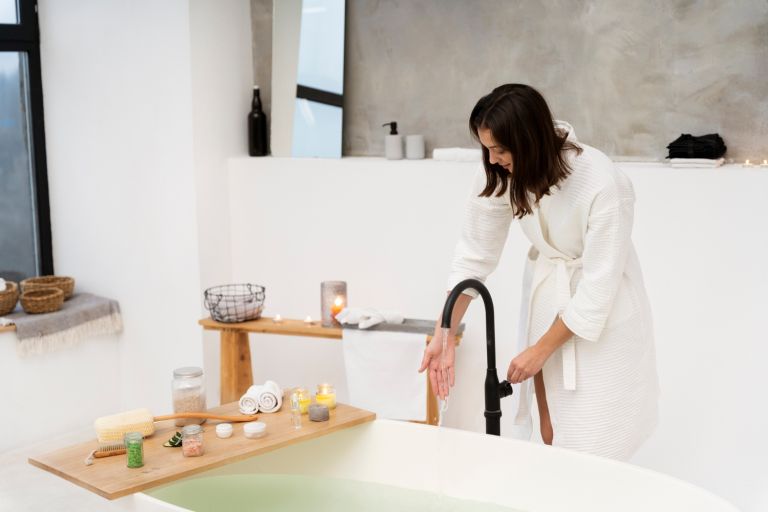The elegant facade of a home or building can easily be disrupted by visible plumbing pipes. Over my years in the design and construction field, I’ve encountered many homeowners grappling with this issue. Drawing from those experiences, I present to you a comprehensive guide on concealing those pesky exterior plumbing pipes.
1. Understanding the Plumbing Layout
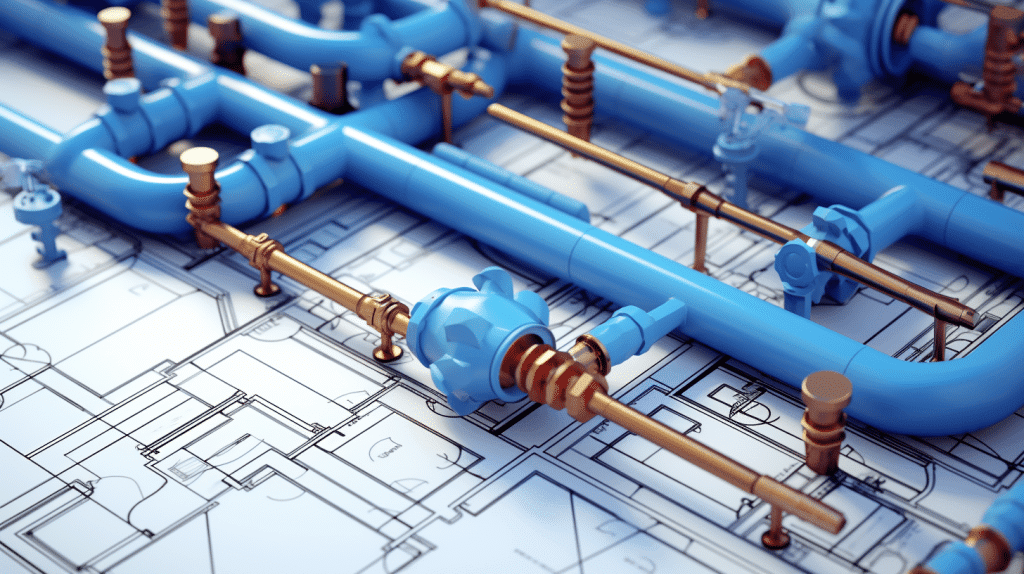
Before diving into concealing methods, familiarize yourself with the plumbing layout. This helps in determining which pipes are essential and which ones can be rerouted for a cleaner look.
2. Use Paint to Blend
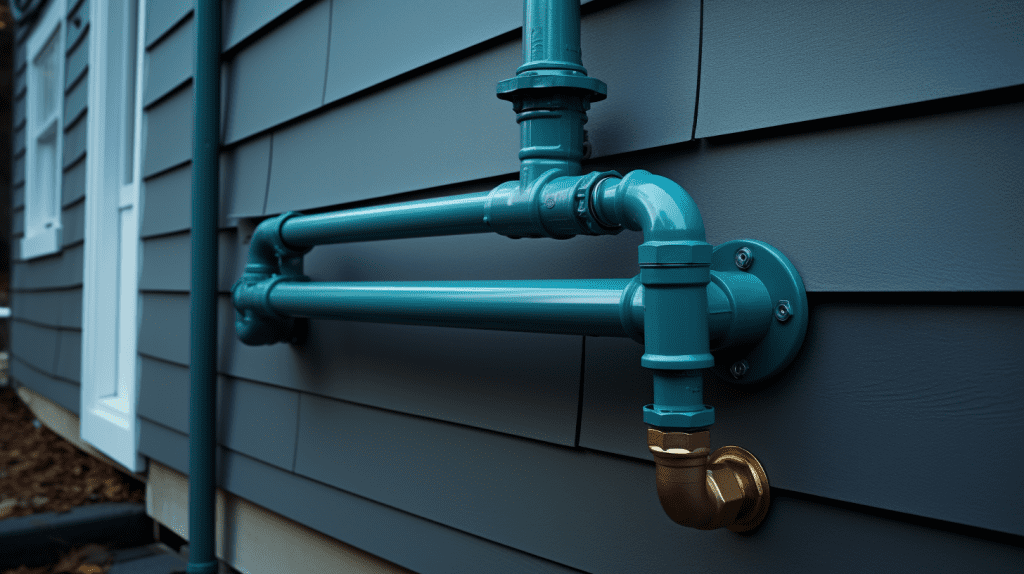
One of the simplest and most cost-effective methods is using paint. Choose a weather-resistant paint that matches the exterior wall color. During a project in Los Altos, a homeowner was particularly concerned about a large pipe running alongside their newly-installed wooden panels. A matching wood-stained paint did the trick, making the pipe almost invisible to the untrained eye.
3. Opt for Decorative Covers
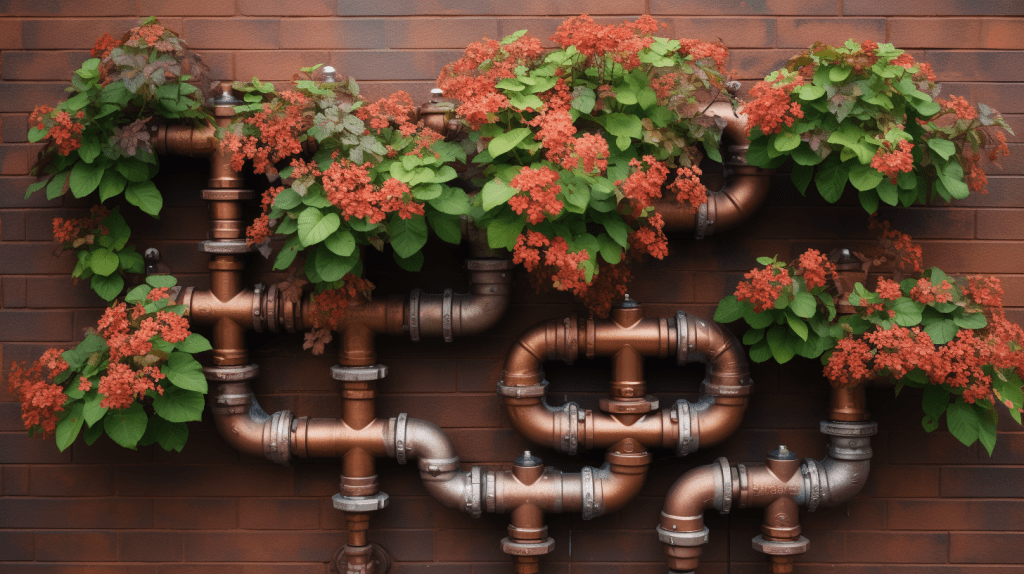
There are various decorative covers available in the market designed to conceal plumbing pipes. These can range from faux rocks to ornamental metal covers that not only hide the pipes but also add a decorative element to the exterior.
4. Use Plants Strategically
Plants are a natural and effective way to obscure unsightly plumbing. I recall a project in Campbell where a series of vertical pipes was cleverly hidden behind a trellis draped in climbing roses. The result was a beautiful green wall that became a focal point rather than an eyesore.
5. Reroute or Relocate the Pipes
If feasible, consider rerouting the pipes to a less visible location, or have them run underground. This might be a more expensive option, but it ensures a clean exterior look. It’s a method I’ve seen work wonders in properties around Saratoga, where homeowners prioritize aesthetics.
6. Incorporate Architectural Elements
Consider adding elements like a wooden bench or a storage shed that can cleverly hide the pipes. For instance, during a renovation in San Jose, we integrated a bench along the wall, which not only provided seating but also concealed multiple plumbing lines.
7. Protective Casing
Use PVC or other protective casings to group pipes together, making them easier to hide or blend with the building’s exterior. This method was a lifesaver in a Los Gatos project, where multiple pipes crisscrossed an exterior wall. By grouping them, we reduced the visual clutter significantly.
Conclusion
Hiding exterior plumbing pipes can significantly boost the aesthetic appeal of your property. The key is to assess, plan, and choose the method that aligns best with your home’s architecture and your personal preferences.
From my own journey in the field, I’ve realized that every challenge, like exposed plumbing, can be turned into an opportunity to enhance design. With the right approach, even the most functional elements can be seamlessly integrated into the broader design narrative.
Need professional guidance on refining your home’s exterior? Reach out to us, and let’s transform those challenges into design opportunities.


